Biodiversity Data Lab
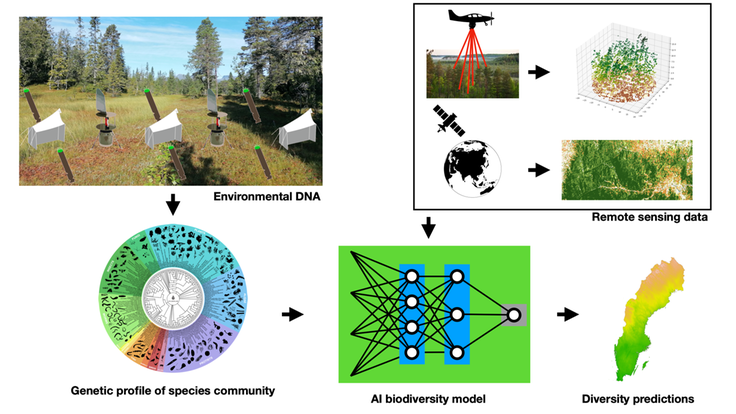
Measuring & Modeling of Biodiversity
Short about us
We are an interdisciplinary team of researchers, spanning the fields of ecology, molecular biology, geomatics, bioinformatics, data science, and machine learning. We combine these diverse backgrounds to produce high-resolution biodiversity data with environmental DNA, and to use these data for training of machine learning models that allow us to make predictions of biodiversity metrics for unsurveyed sites. Our vision is to one day be able to reliably capture the biodiversity value of a given site in a standardized and reproducible manner.
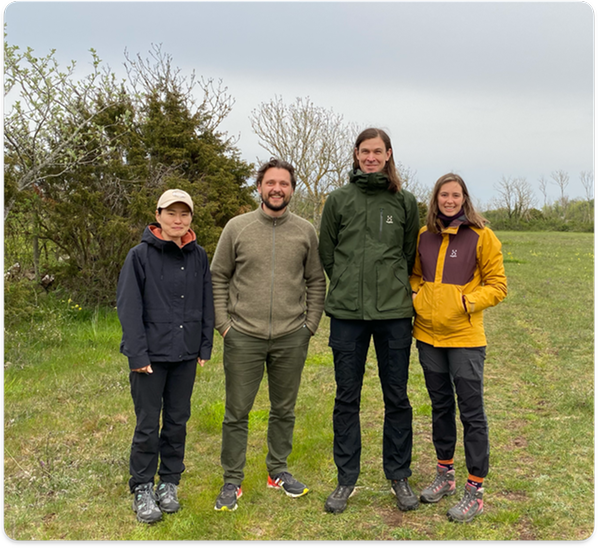
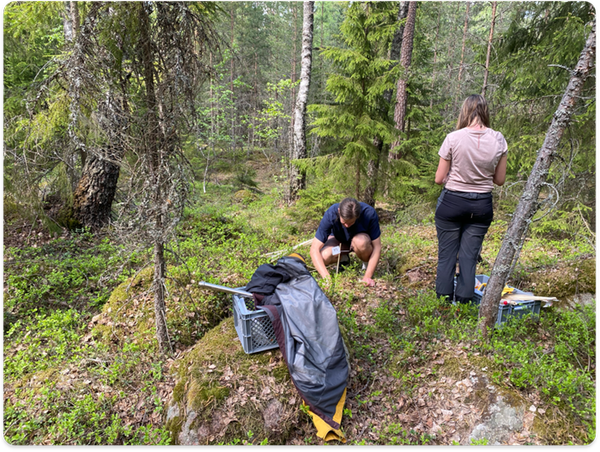
All organisms, including animals, plants, fungi, and the complex world of unicellular organisms are part of our planet's biodiversity. Biodiversity is declining at an alarming rate as our human impact far exceeds sustainable levels. This global crisis requires careful protection and management of the remaining biodiversity for a more biodiversity positive and sustainable future. But how can we decide which areas have a higher value for biodiversity than others? How can we even begin to quantify something as complex as biodiversity into numeric values that can be used for decision-making and land-use planning? These are some of the central questions that drive our research at the Biodiversity Data Lab.
We are in a really exciting moment in time where we can produce biodiversity data with unprecedented accuracy and speed, using modern genomic tools to identify organisms in the field based on the DNA they shed into the environment (environmental DNA). At the same time, we have the quickly advancing field of AI research, which for the first time opens up the possibility to learn the incredibly complex interactions and correlations of biodiversity with its surrounding multidimensional environmental matrix. Here we can also leverage recent advances in remote sensing, which provide spatial data products that allow us to model the environmental matrix at any place with unprecedented spatial resolution. At the Biodiversity Data Lab, we combine these elements to gain new insights into the spatial and temporal distribution and changes of biodiversity.
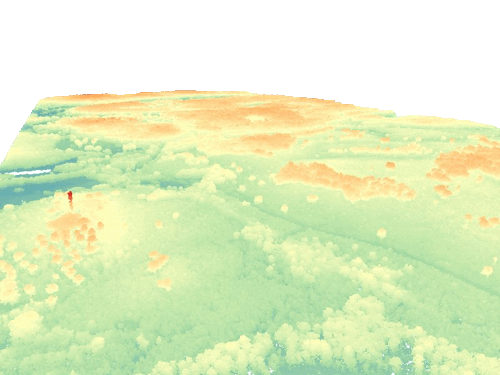
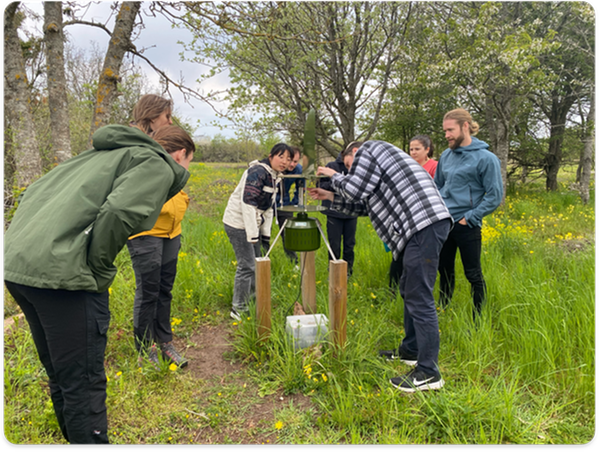
More specifically, we:
- develop and benchmark new environmental DNA (eDNA) protocols in the field and in the lab to produce comprehensive biodiversity inventories of different organism groups (current projects include fungi and insects) for different sites across Sweden
- investigate how specific species communities and overall species richness change in response to different land-uses (e.g., different forestry techniques)
- use our produced biodiversity data, as well as existing eDNA datasets to train AI models that allow us to make biodiversity predictions
- integrate remote sensing data into Neural Network models for biodiversity forecasting and evaluation of sites across large spatial scales
Check out our webpage, drop us an email (tobias.andermann@ebc.uu.se), or come over for a chat over a coffee, if you are interested and want to learn more about our research.
